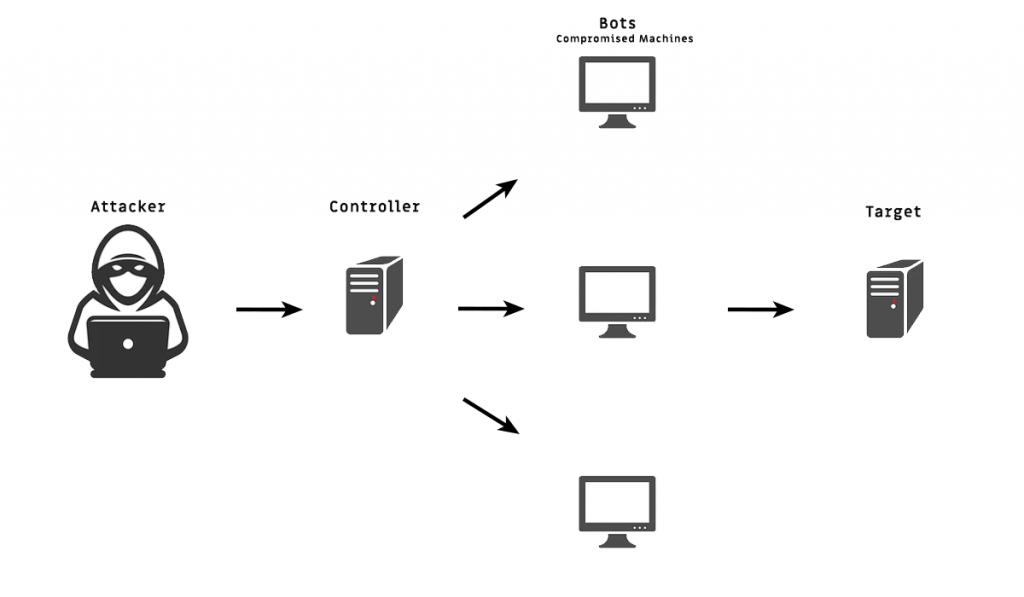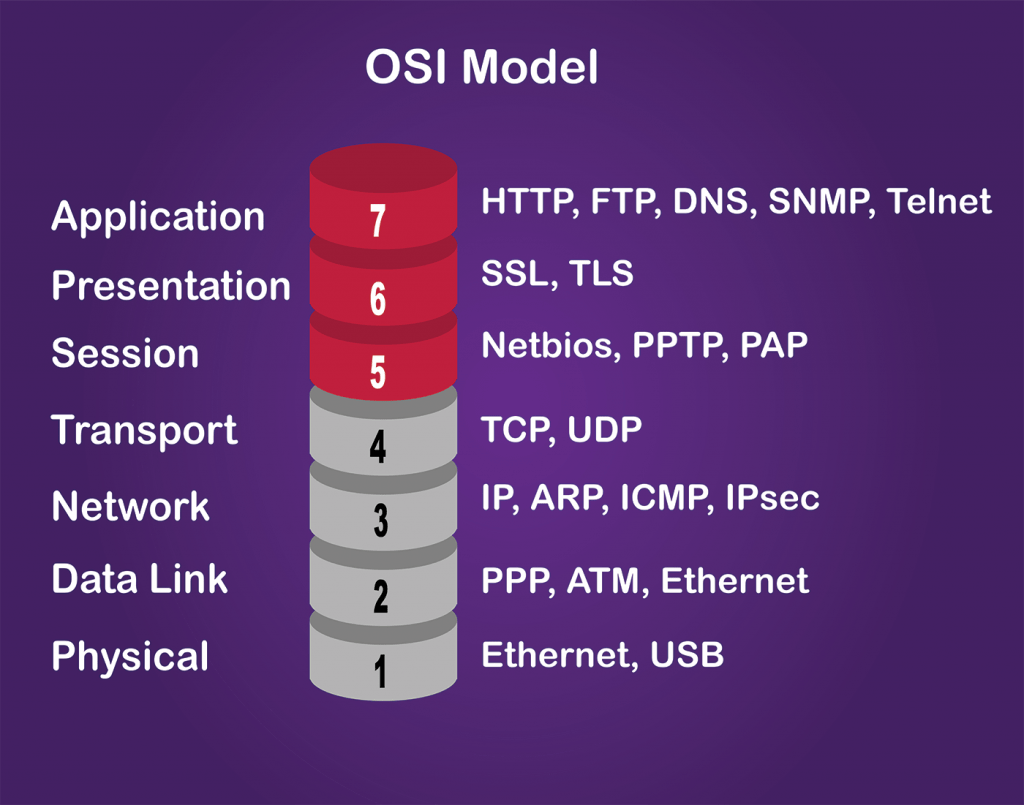What Is DDOS?

With most of our time spent on the internet, cyber security is important to protect the network and performance of any site. One of the malicious attacks that focuses on a site’s network is DDOS. In this post, KnownHost will describe what DDOS is, its types, identification, and protection against it.
What Is DDOS?
A Distributed Denial of Service (DDOS) is a type of DOS attack that works on a much larger scale and is harder to fight. It is a cyberattack used to overwhelm and take down website servers. It can even be used to install ransomware and extort money from the company in exchange for reversing the damage.
With these attacks, individuals overwhelm their target’s network, services, and devices with fake internet traffic. This is usually carried out by the hacker’s command of a botnet which is a network of malware infected devices. From there, the botnet saturates the target’s servers with more requests than they can handle to take it down and deny service to normal website traffic.
Types Of DDOS
Each network connection has seven different layers in its website application firewall that can be targeted by DDOS. These layers are seen on the OSI Model shown below to describe this conceptual framework. However, only certain layers are targeted by volumetric, protocol, and application attacks.

How To Identify It
These attacks are meant to blend in, so it can sometimes be difficult differentiating between normal site traffic and traffic from an attack. Therefore, it can be quite difficult to avoid DDOS attacks, especially the multi-vector ones that target multiple layers. The signs of an attack can include typical service issues like slow-loading website pages.
How To Protect Against It
It is important to know both your software and hardware vulnerabilities to properly devise a strategy for these attacks. Three typical solutions for attacks include black hole routing, rate limiting, and firewalls. Black hole routing is the least ideal as it redirects all traffic, both good and bad, to a null route and is then dropped from the network. Rate limiting is also not ideal as it limits the number of requests a server can accept during a certain time frame. Firewalls can protect servers from some types of malicious attacks by quickly implementing new rules to respond to suspicious activity.
Here at KnownHost, we offer complementary DDOS protection for your website
Overall, it’s best to use multiple strategies to properly mitigate and monitor DDOS attacks. As a result, you can properly protect your site’s network security and respond to targeted DDOS attacks.